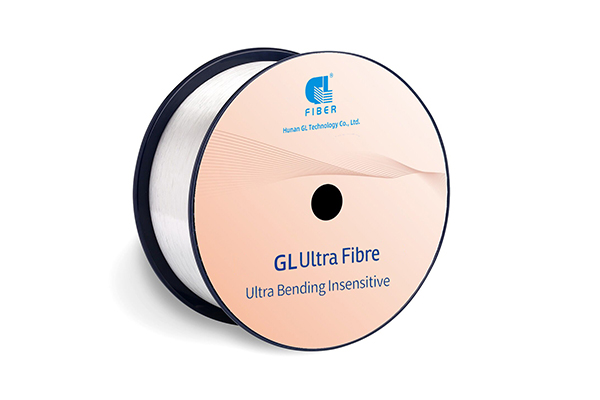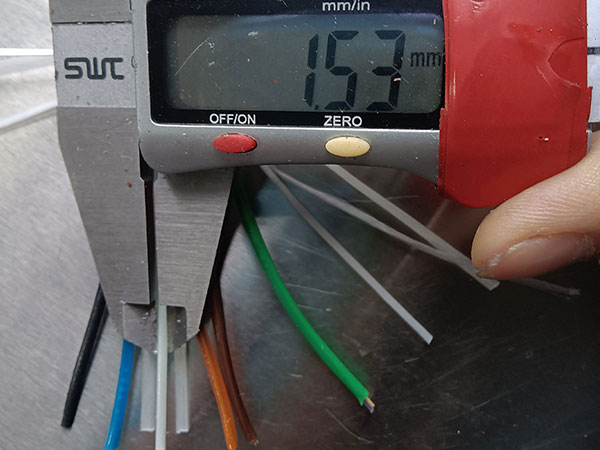Choosing
fiber optic cables based on bend radius is essential to ensure the longevity and performance of the cables. Bend radius is the minimum radius you can bend a cable without causing damage or performance degradation. GL FIBER tell you how to choose the right fiber optic cables considering bend radius:
Understanding Bend Radius
Minimum Bend Radius: This is the smallest radius at which the cable can be bent without risk of damage.
Dynamic Bend Radius: The bend radius applicable when the cable is being installed or moved.
Static Bend Radius: The bend radius when the cable is in a fixed position and not moving.
Steps to Choose Fiber Optic Cables Based on Bend Radius

|
|
Minimum Bend Radius
|
|
G652D
|
30mm
|
|
G657A1
|
10mm
|
|
G657A2
|
7.5mm
|
|
B3
|
5.0mm
|
Identify Application Requirements
Determine if the cable will be installed in a space where tight bends are necessary.
Consider the environment (indoor, outdoor, conduit, or aerial) where the cable will be used.
Check Manufacturer Specifications
Review the technical specifications provided by the manufacturer, which should include the minimum bend radius for both dynamic and static conditions.
Choose Cable Type
Standard Fiber Optic Cable: Typically has a larger bend radius.
Bend-Insensitive Fiber (BIF): Designed to tolerate tighter bends without significant signal loss. This is ideal for installations in tight spaces.
Compare Bend Radius to Installation Constraints
Match the cable’s bend radius to the physical constraints of the installation environment. Ensure the cable can be routed without exceeding its bend radius limits.
Consider Future Flexibility
If future modifications or additional bends are anticipated, opt for cables with a smaller bend radius to accommodate these changes without compromising performance.
Practical Tips
Planning: Map out the cable routing to avoid sharp bends and ensure the bend radius is maintained.
Proper Installation: Use cable management tools like guides and supports to maintain proper bend radius.
Training: Ensure installers are trained on the importance of maintaining the bend radius to avoid accidental damage.
Examples
Standard Indoor Cable: If the installation environment has sufficient space and no tight bends, standard fiber optic cables with a bend radius of 10 times the cable diameter may be suitable.
High-Density Networks: In environments like data centers with high-density cabling, bend-insensitive fibers (BIF) are often preferred due to their ability to maintain performance with a smaller bend radius (as low as 7.5mm).

By carefully considering the bend radius and matching the cable specifications to the installation environment, you can ensure reliable performance and longevity of your fiber optic network.


